The Workshop Series: Silkscreen Printing w/ TIND
Sep 13, 2023
Workshops
In this workshop we were introduced to the art of Silkscreen printing by the extraordinaire team of Tind, a silkscreen studio in Athens which prints with love & magic in any material, dimension or colour one can think!
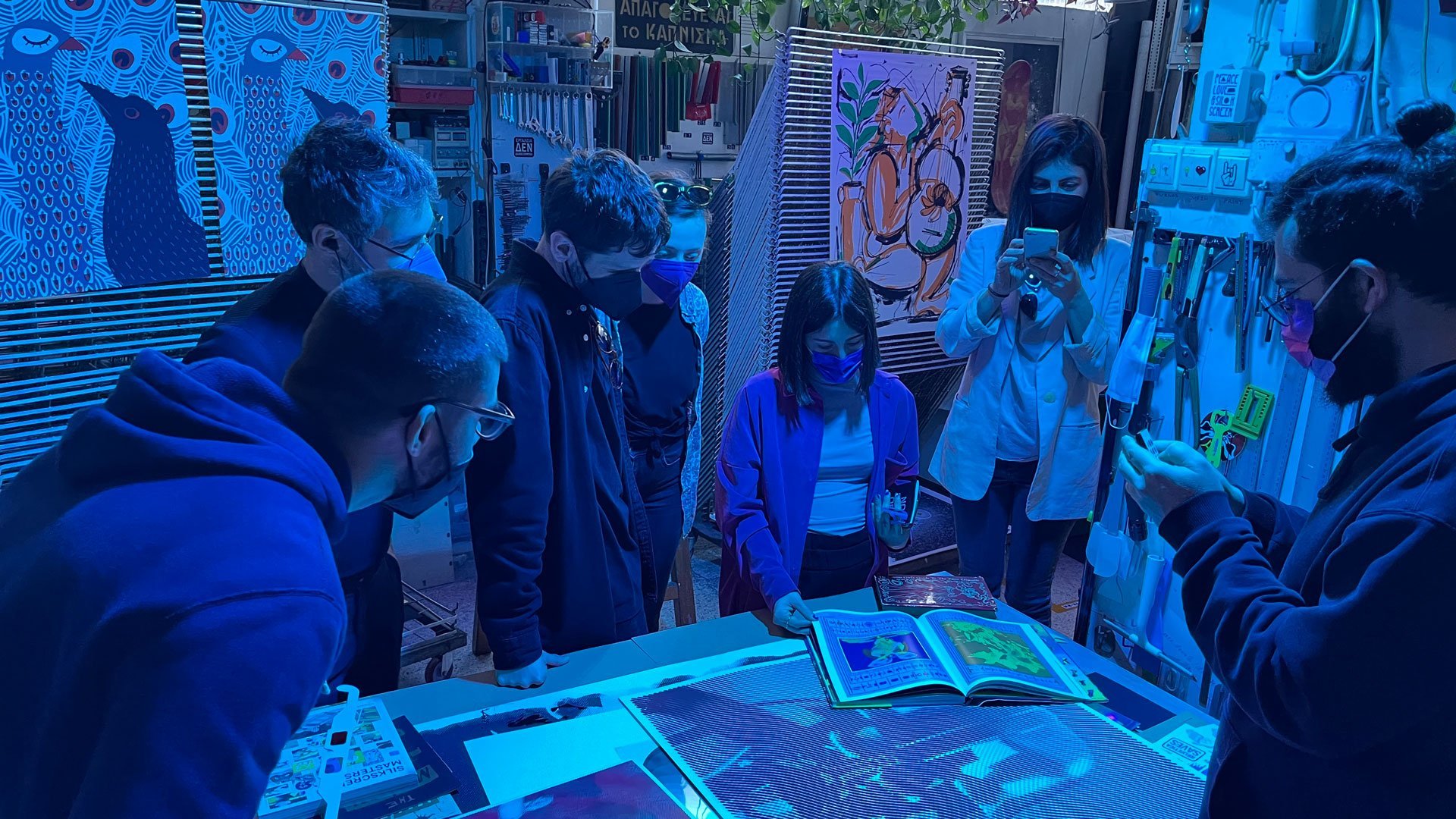
Screen Printing 101 • A brief history
Silkscreen Printing – also goes by the term Serigraph – is among the oldest stencil-based techniques for surface printing. With a history of over 2000 years, screen printing rose to popularity in the 18th century, when it became easy to import silk mesh (a key component of screen printing) from the East. In 19th century, screen printing found its way to the West and became prevalent in the advertising world across many industries. In the 1950s fine artists began experimenting with screenprinting as an artistic medium. One of the most famous artists who worked in the medium was Andy Warhol and his brighlty coloured portraits of celebrities and images of mass-produced consumer goods.
The silkscreen printing process
The printing process is quite labor intensive; from the creation of designs, to transfer to the screen, mixing of colors, printing of the design and cleaning of the screens. The process of screen printing starts with the artwork, which is transferred onto a film positive to be “burned” into the photo-sensitive emulsion-coated screen. The screen consists of a fine mesh fabric that is tightly streched and attached to a wooden or metal frame.
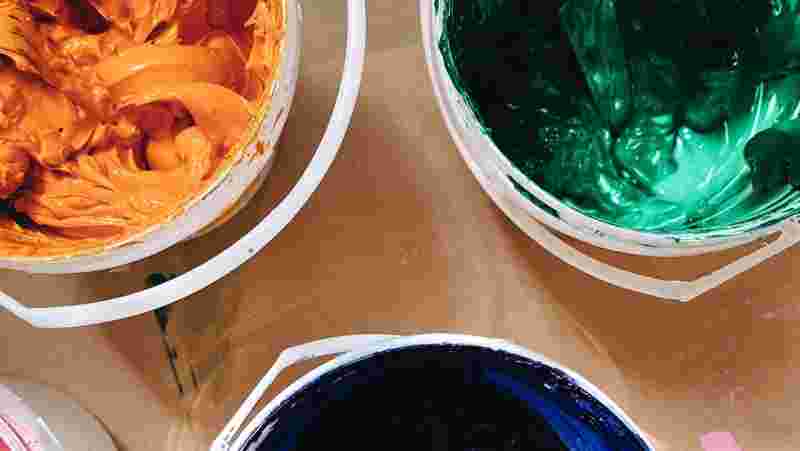

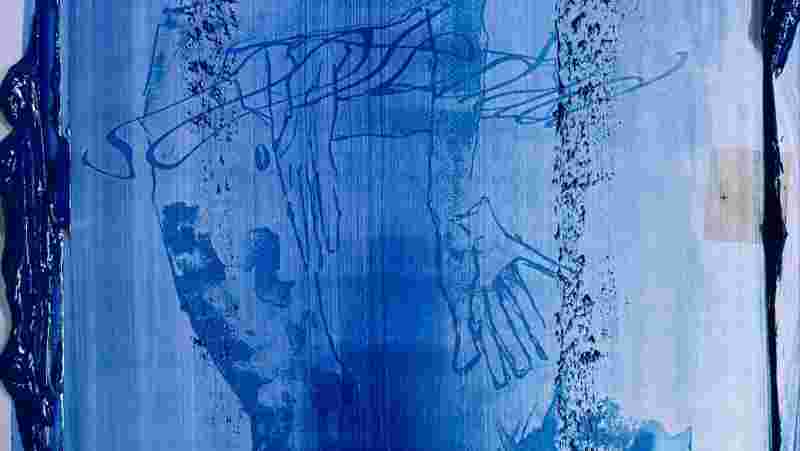
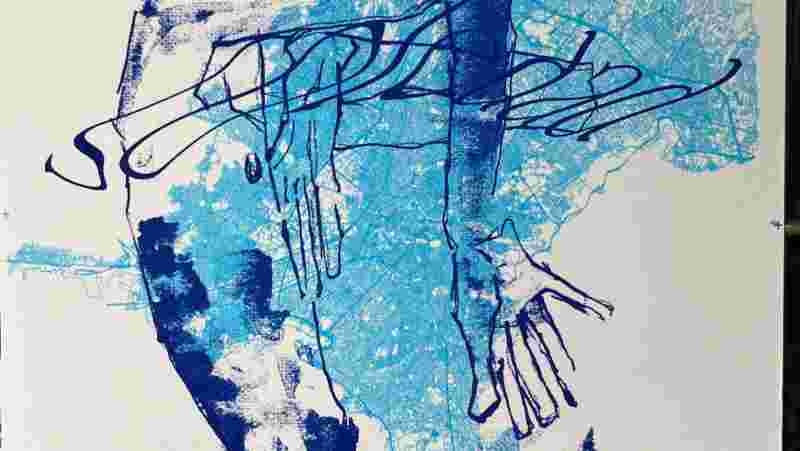
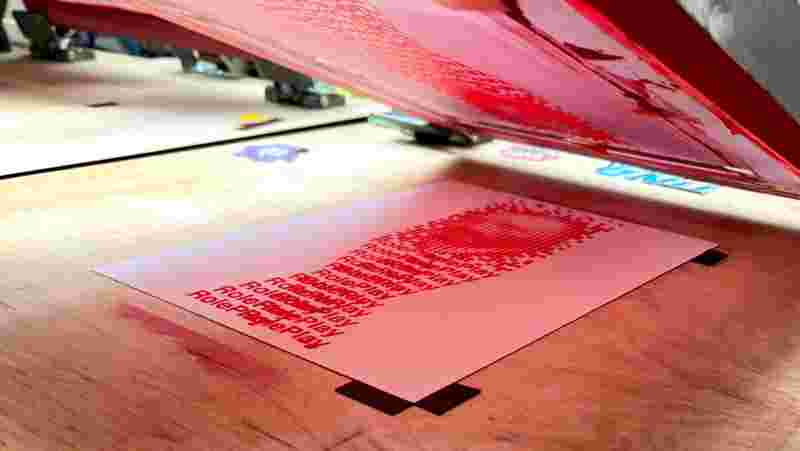

Once the screen has been prepared, it is placed on the screenprinting table, which has hinges at the top and holds the screen and the sheet of paper in place during printing.
A thick amount of ink is applied along the top of the screen and then pulled evenly across the image using a squeegee, while a sheet of paper or fabric or any other material is placed under the screen. The ink is pushed through those areas of the screen that are not blocked by the stencil, consequently printing the design on the paper. Many colours can be used in a design, with a separate screen for each colour. Once the print in done, the screen can be washed and reclaimed for future use.
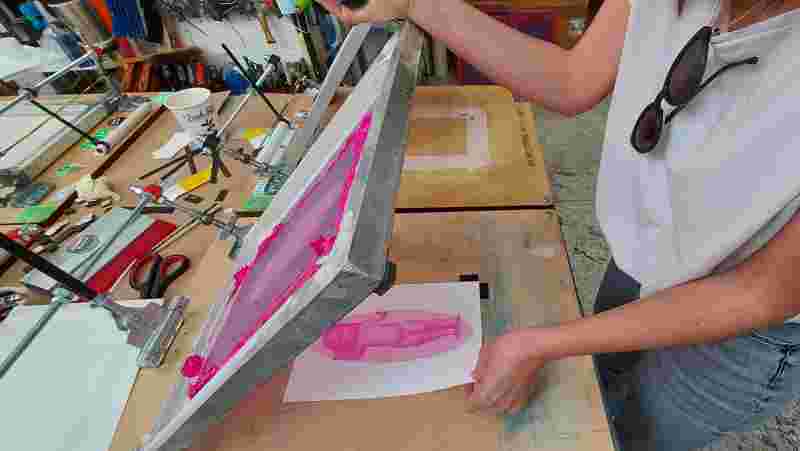
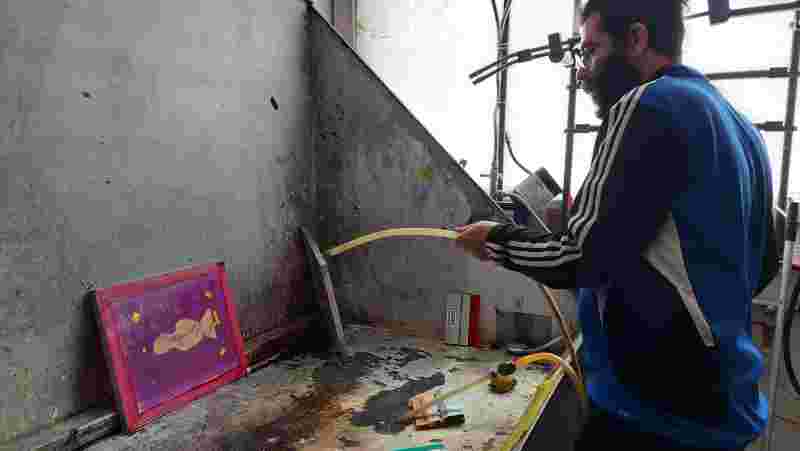
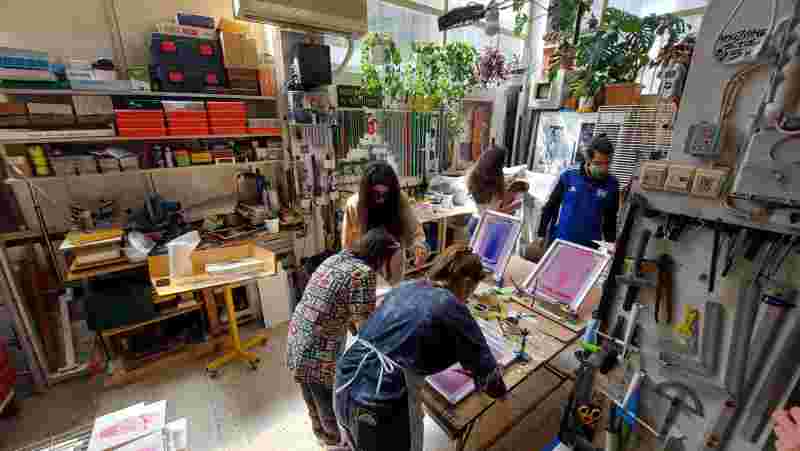
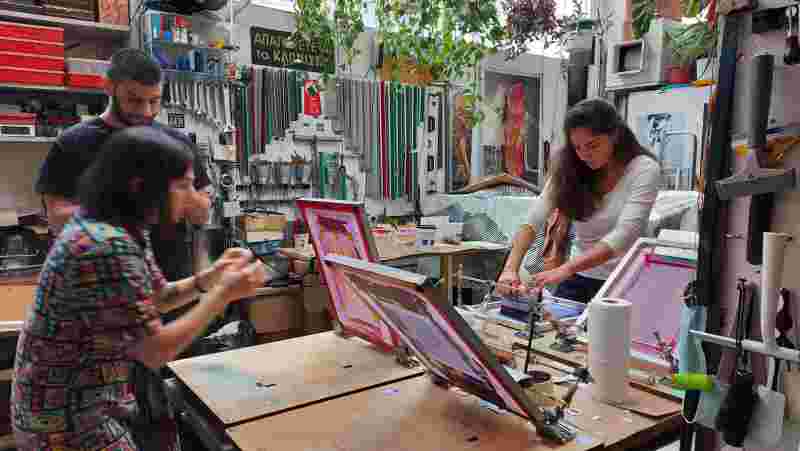


Error is superior to Art
When considering using screen printing technique, one can think of its benefits (versatility, durability, vibrancy of colours, cost-effective etc.) but when it comes to art & design “it is worthwhile thinking the value of printing errors” as Manolis (1/3 of Tind team) told us!
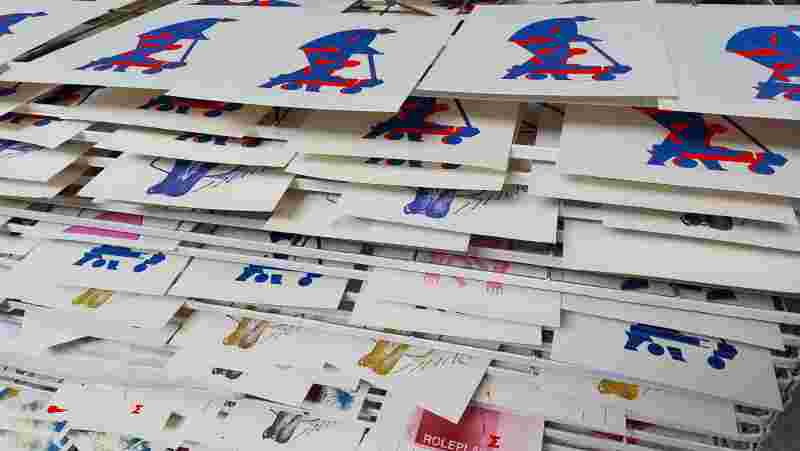
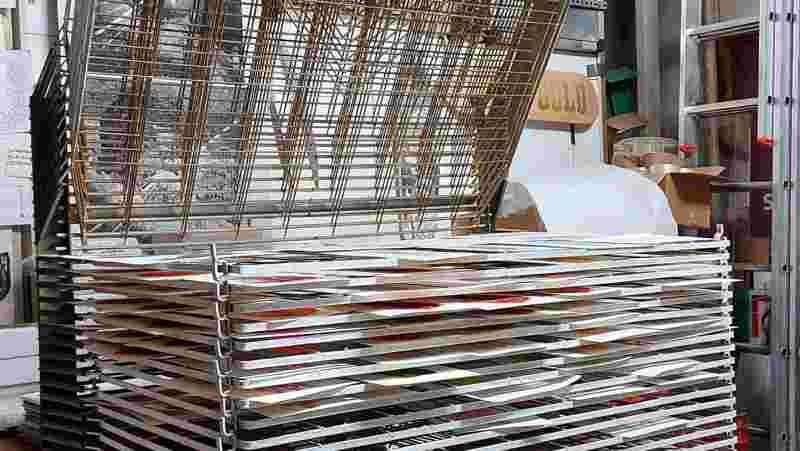
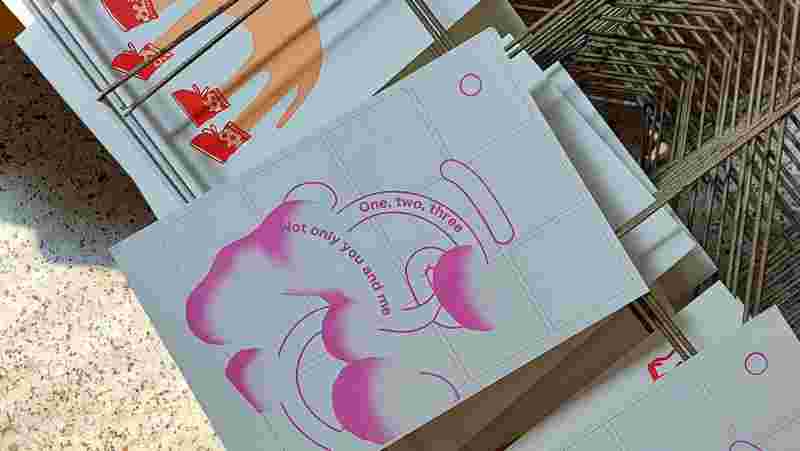

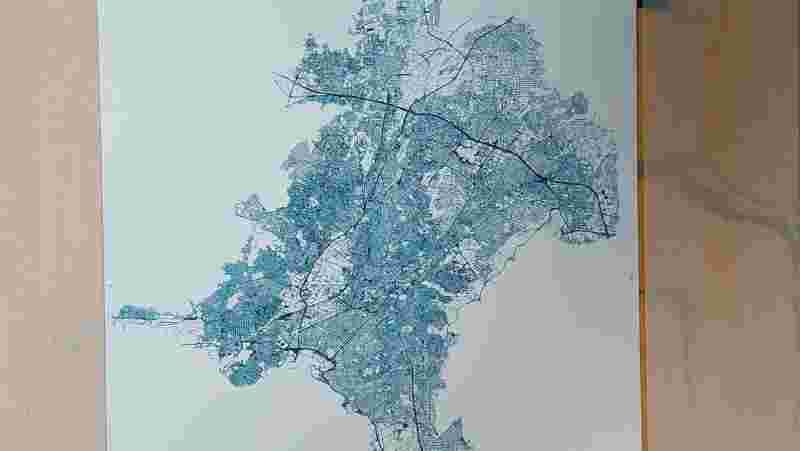
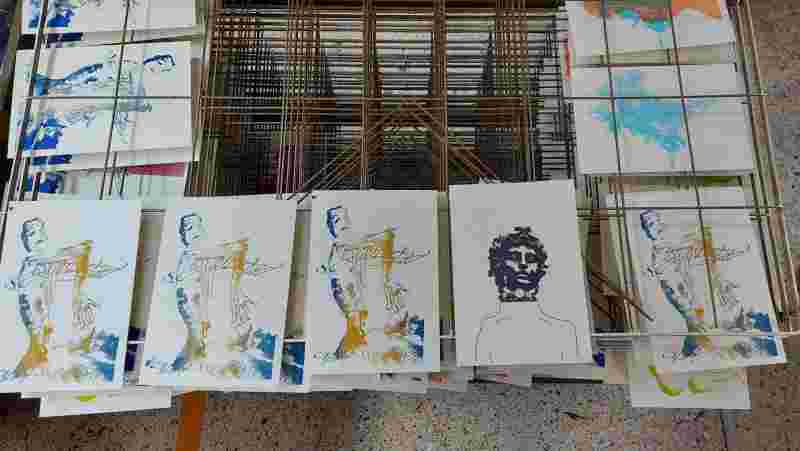
The workshop series is a series of creative workshops varying from paper making and lettering to collage, linocut printmaking, silkscreen printing and much more that we run at our office in a regular basis. Through these workshops we want to explore our creativity using more hands-on practices and develop processes for understanding, developing and supporting mutual learning between our team.
